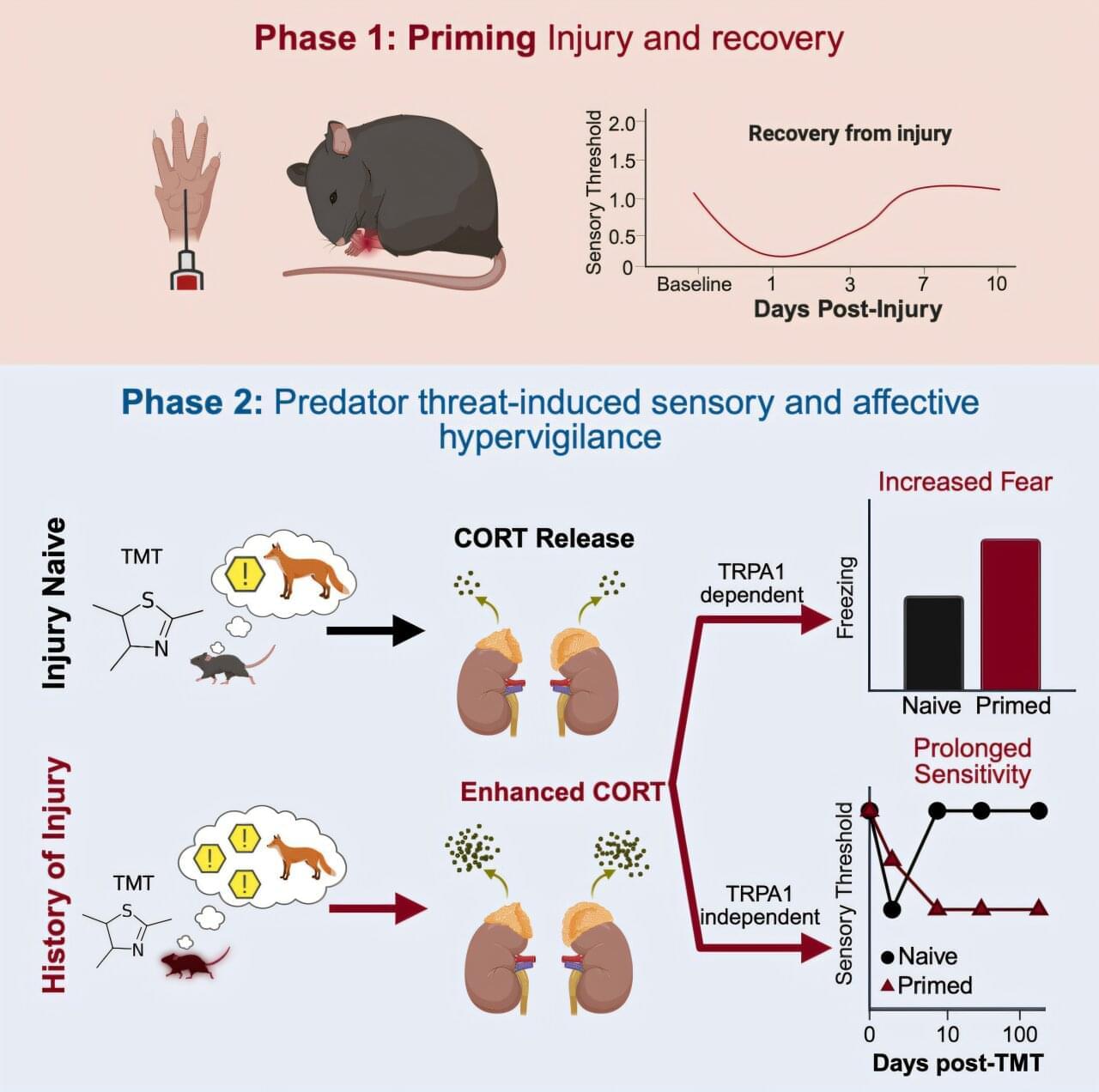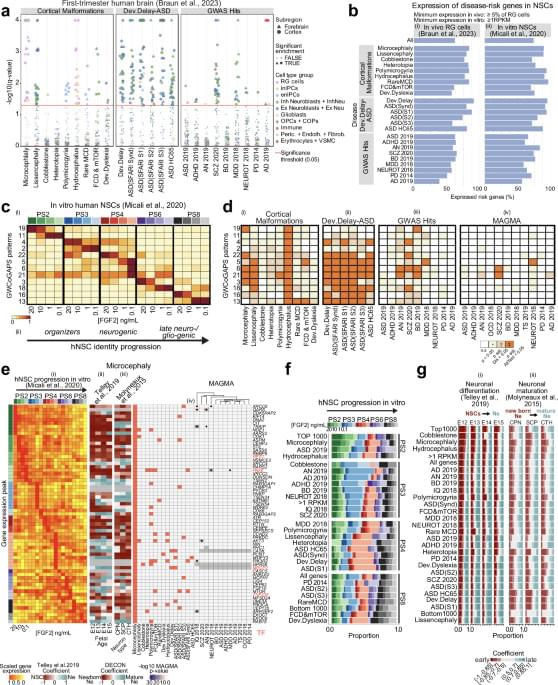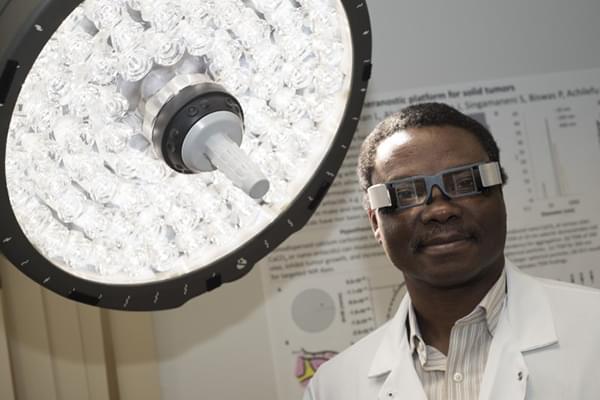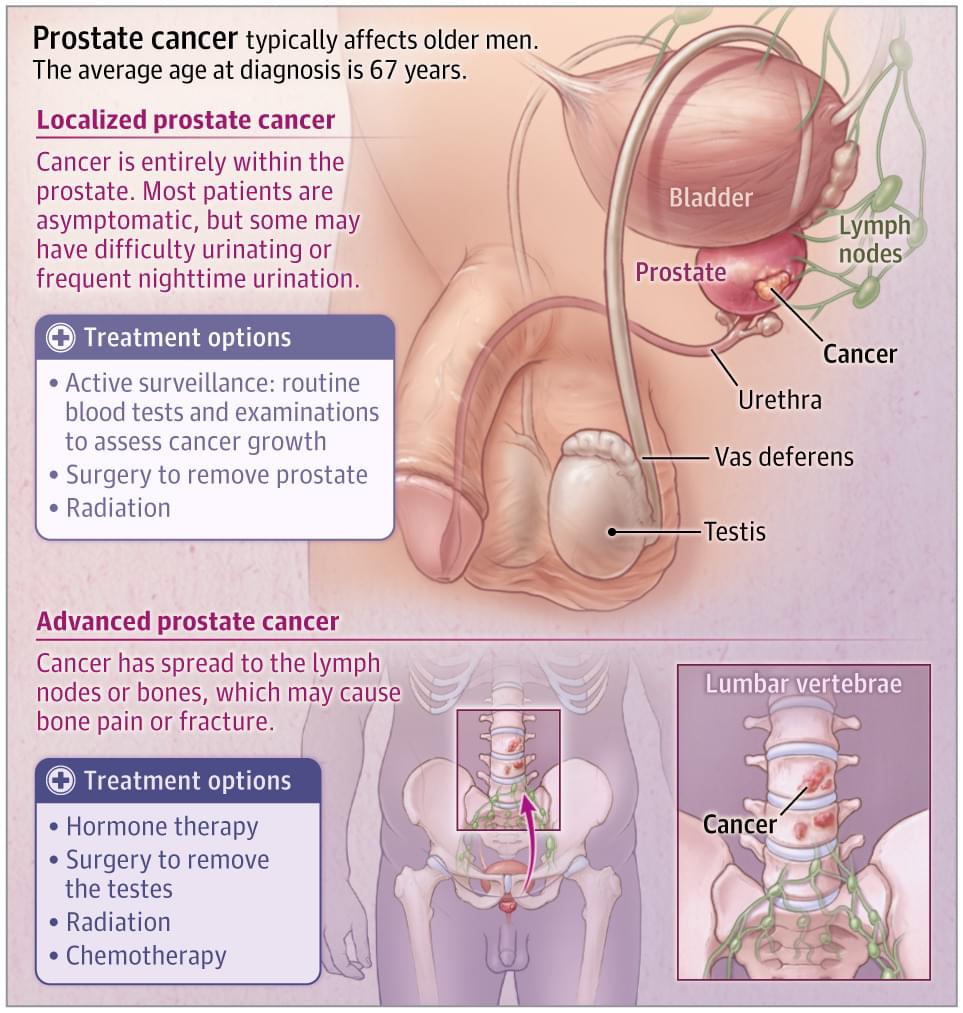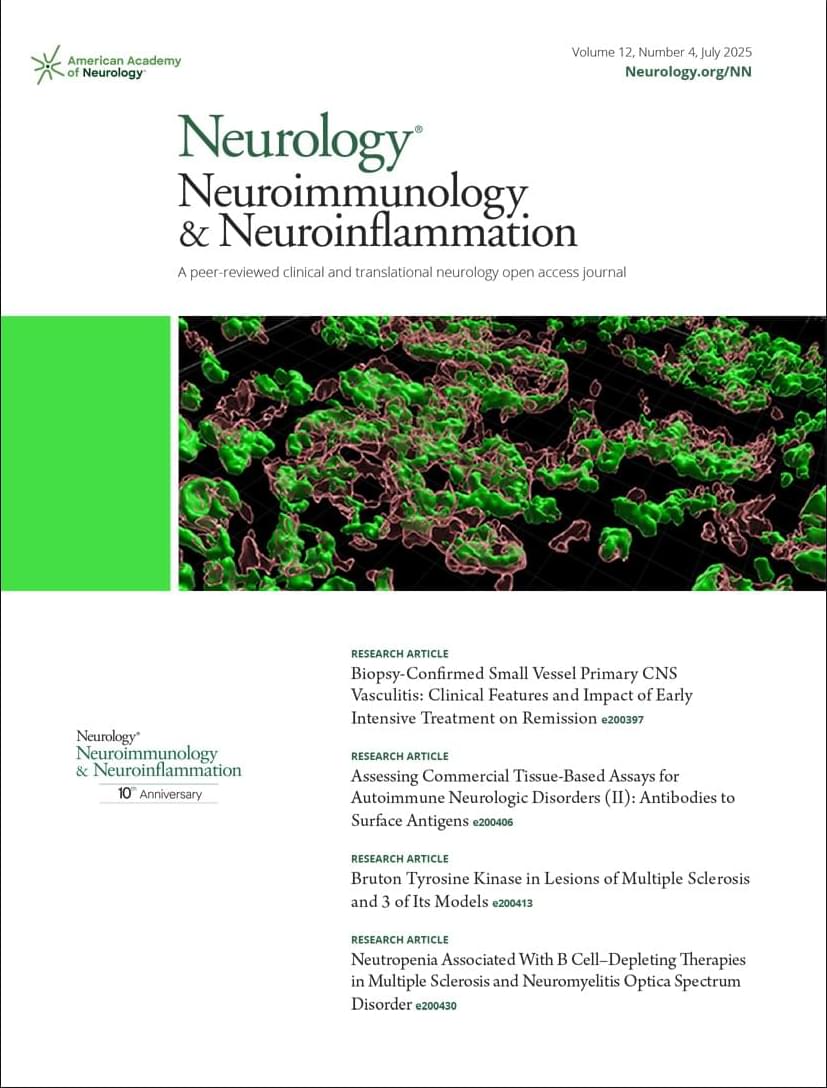A wound can leave a lasting imprint—even after it has healed. A new study in Current Biology finds that past injuries can quietly prime the body to overreact and be more sensitive to stress, pain and fear long after the damage is gone.
These findings may help explain how early injuries or trauma can set the stage for chronic pain conditions, where the nervous system remains hypersensitive long after the initial damage has healed. can set the stage for chronic pain conditions, where the nervous system remains hypersensitive long after the initial damage has healed.
Researchers at the University of Toronto Mississauga discovered that mice with a history of injury responded more intensely to the scent of a predator, an extremely stressful event for mice. These mice showed exaggerated fear and developed long-lasting pain in both hind paws, including the uninjured side. Strikingly, the symptoms lasted more than six months, long after the original injury had physically healed.
